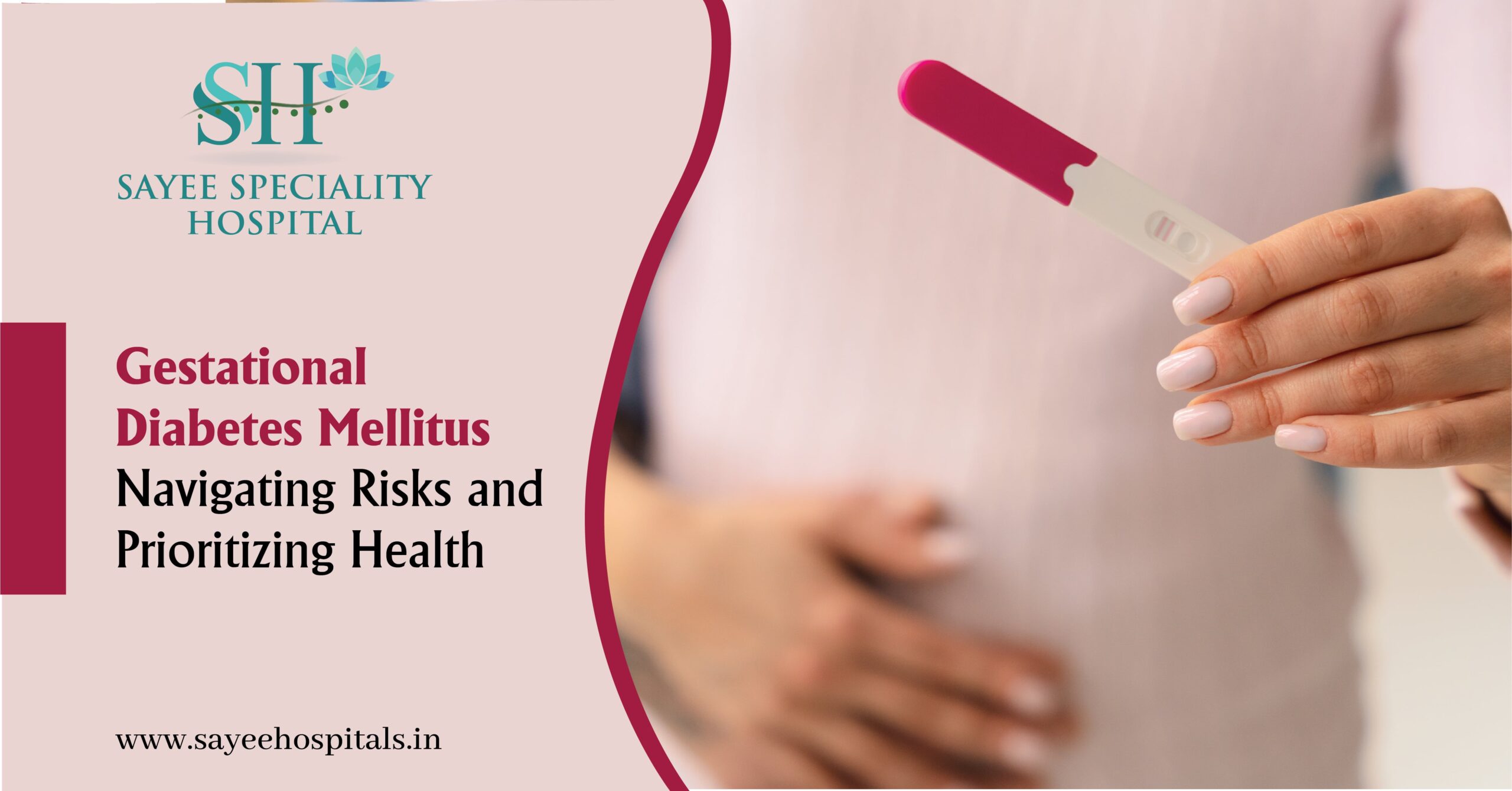Gestational Diabetes Mellitus (GDM) stands as the most prevalent metabolic disorder during
pregnancy. Defined as carbohydrate intolerance leading to variable severity of elevated blood
sugar levels first recognized during pregnancy, GDM poses particular risks for Asians,
especially Indians, who are already at a heightened risk for Diabetes Mellitus.
GDM brings about a dual set of risks, affecting both the mother and the developing baby.
Maternal complications encompass a range of adverse outcomes, including an increase in
amniotic sac fluid, high blood pressure, prolonged and obstructed labor, heightened rates of
Caesarean section, postpartum hemorrhage, and infection. Meanwhile, fetal risks involve
abortion, intrauterine death, stillbirth, congenital malformations, shoulder dystocia, and birth
injuries due to larger-than-average babies.
Beyond the immediate risks, there is a growing body of evidence linking GDM to long-term
health consequences. Mothers face an increased risk of developing Type 2 Diabetes Mellitus
and cardiovascular disease. In offspring, the risks extend to childhood obesity and associated
cardio-metabolic concerns in later life.
Identifying risk factors is crucial for early detection. Physical inactivity, a history of GDM or
macrosomia, hypertension, dyslipidemia, maternal age over 40, ethnicity, past PCOS history,
and morbid obesity are all factors contributing to the risk of GDM.
Universal testing of all pregnant women is recommended, with the first blood sugar test
conducted during the initial antenatal visit. The second test is suggested between 24-28
weeks, even if the first test is negative, considering the potential development of blood sugar
intolerance during this critical period. Additional testing in the third trimester is advised
based on the clinician's recommendation.
Upon a positive GDM diagnosis, pregnant women are initiated on Medical Nutrition Therapy
(MNT) and physical exercise. A balanced diet, incorporating an additional 350 kcal to meet
pregnancy requirements, becomes essential. Regular exercise, including a daily 30-minute
walk, is encouraged. If GDM is not effectively controlled through lifestyle changes,
Metformin or Insulin therapy is introduced.
Self-monitoring of blood glucose is crucial to achieving optimal glucose levels, with fasting
plasma glucose less than 95 mg%, one-hour post-meal levels below 140 mg%, and two-hour
post-meal levels under 120 mg% as recommended targets.
The timing of delivery is individualized based on blood sugar control and other factors, with
a preference for vaginal delivery and Caesarean section reserved for obstetric indications.
Post-delivery, women with GDM and their offspring are at an increased risk of Type II
Diabetes Mellitus and should undergo blood sugar testing six weeks after delivery.
Counseling on healthy lifestyle practices, emphasizing the role of diet and exercise, is
integral to post-delivery care.
Early diagnosis and management of GDM significantly reduce adverse pregnancy outcomes,
ensuring the health of both mother and baby. With a multifaceted approach encompassing
nutrition, exercise, monitoring, and personalized care, the impact of GDM can be minimized,
providing a foundation for a healthier future for both mother and child. Through increased
awareness, timely intervention, and a commitment to ongoing healthcare, we can navigate the
challenges posed by GDM, prioritizing the well-being of expectant mothers and their infants.
